The various trees planted in the orchard are described below. They were chosen for their quality and interest so as to provide a mix of old and more modern varieties. Some Norfolk specialities have been included. They are predominantly apple trees with a few pears and plums. Where they have yielded fruit of a reasonable quality a sample photograph is included. Varieties towards the end of the list are those to be included in the 2023 orchard extention. A plan of the orchard can be viewed here.
Bramley’s Seedling
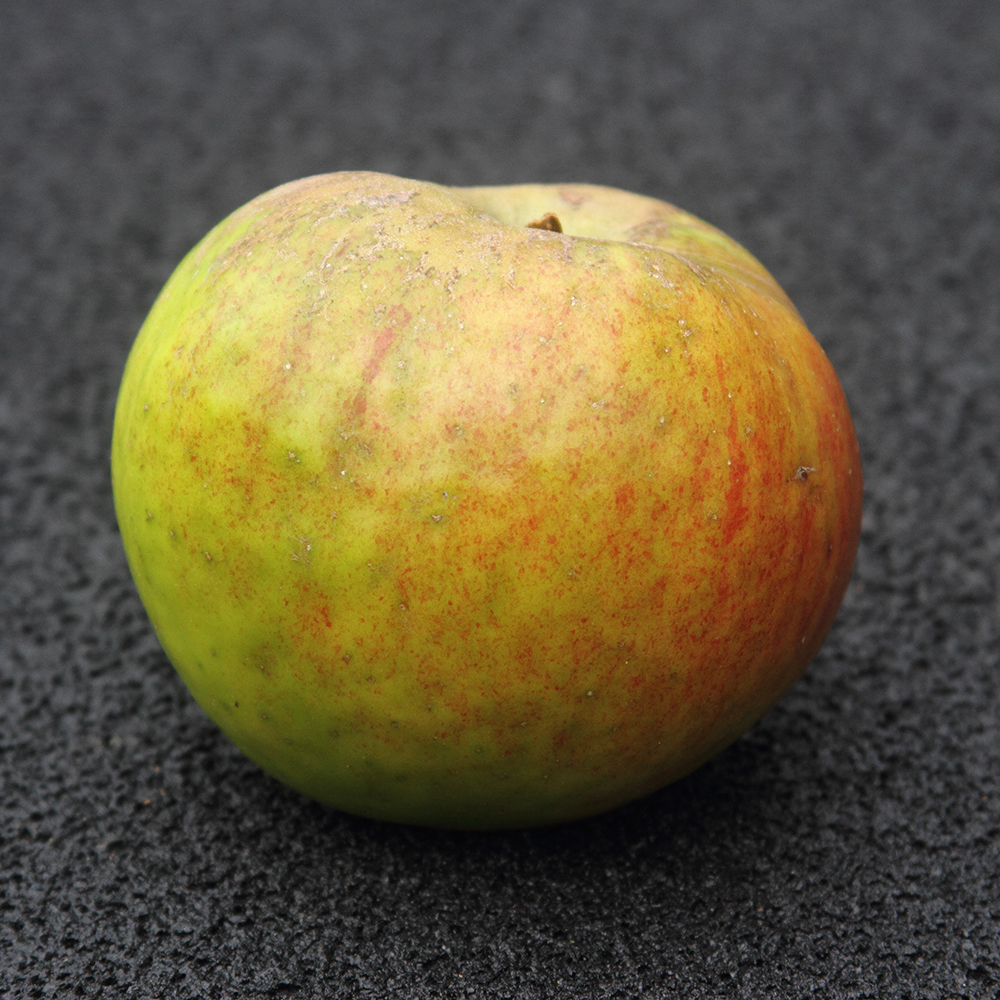
Still considered the best cooker with heavy crops and a strong flavour. Can be harvested from early October and stores until March. The variety orginates from Nottingham in the 19th Century.
A self-fertile form of Cox’s Orange Pippin that is highly recommended for less than ideal Cox areas. Produces heavy crops of the best eating apple in the world. Can be harvested from early October and stores until January. This form originates from Bristol in 1975.
Core Blimey
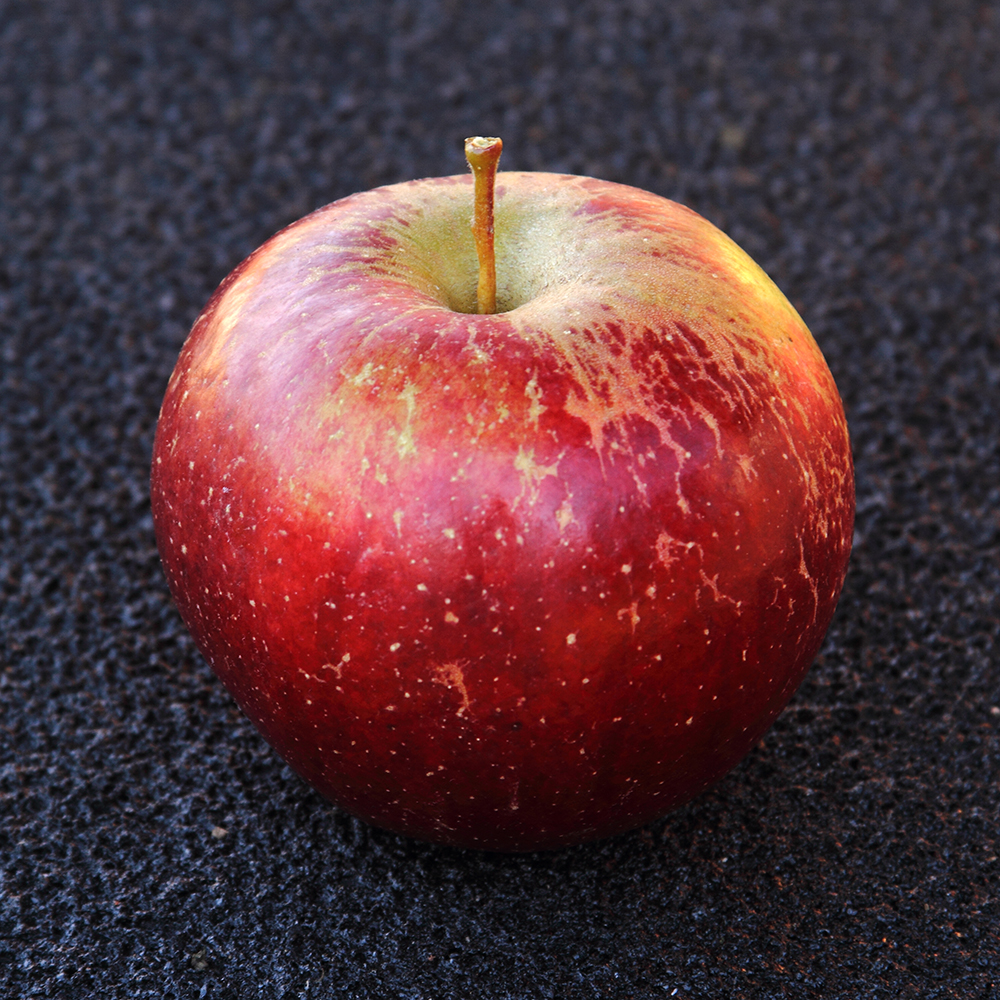
This variety, released in 2008, was developed by Frank P Matthews for The Urban Orchard Project. The apple is wonderfully aromatic, juicy and crisp. It is a highly-flavoured Cox type that is easier to grow. It can be harvested in October.
Ellison's Orange
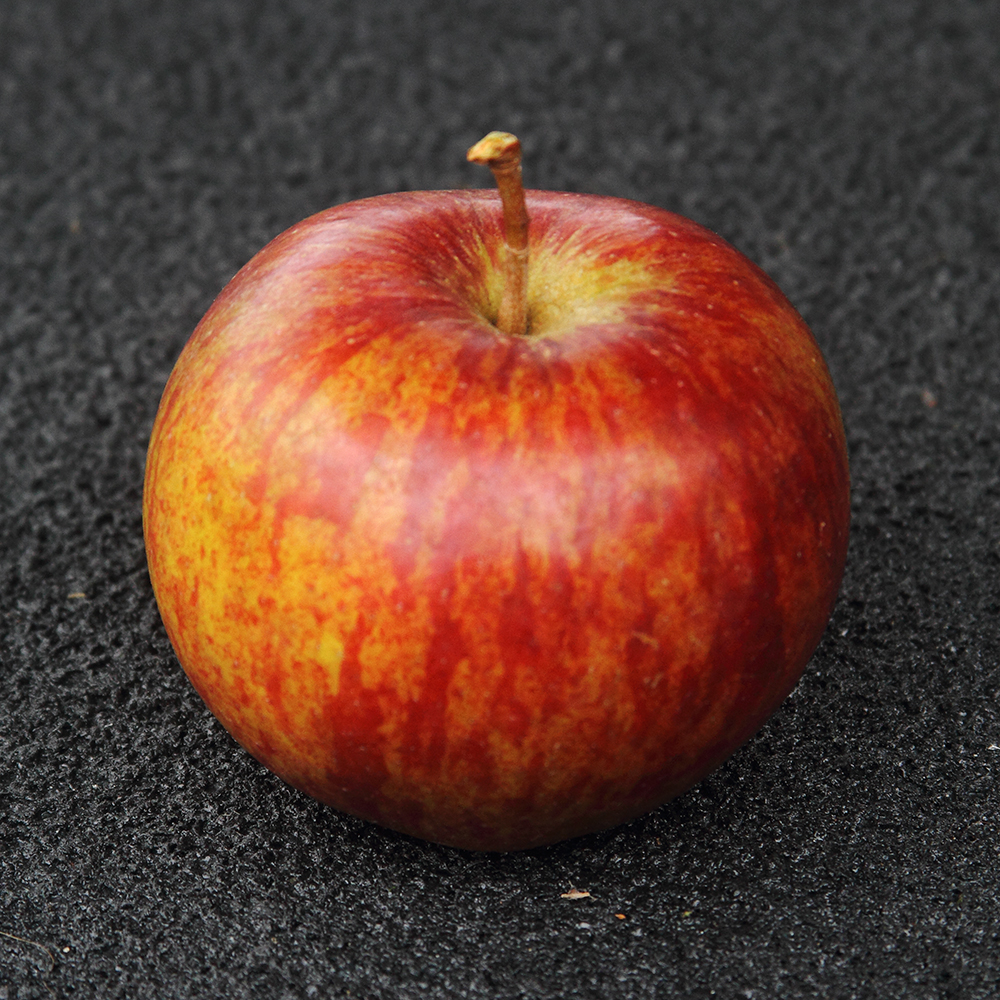
Bred from a cross between Cox’s Orange Pippin and Caville Blanc (probably D’Été). It produces medium striped, red, juicy apples and a distinctive aniseed flavour develops after picking. Can be harvet in late September and it stores until October. Originates from Lincoln in 1904.
Hereford Russet
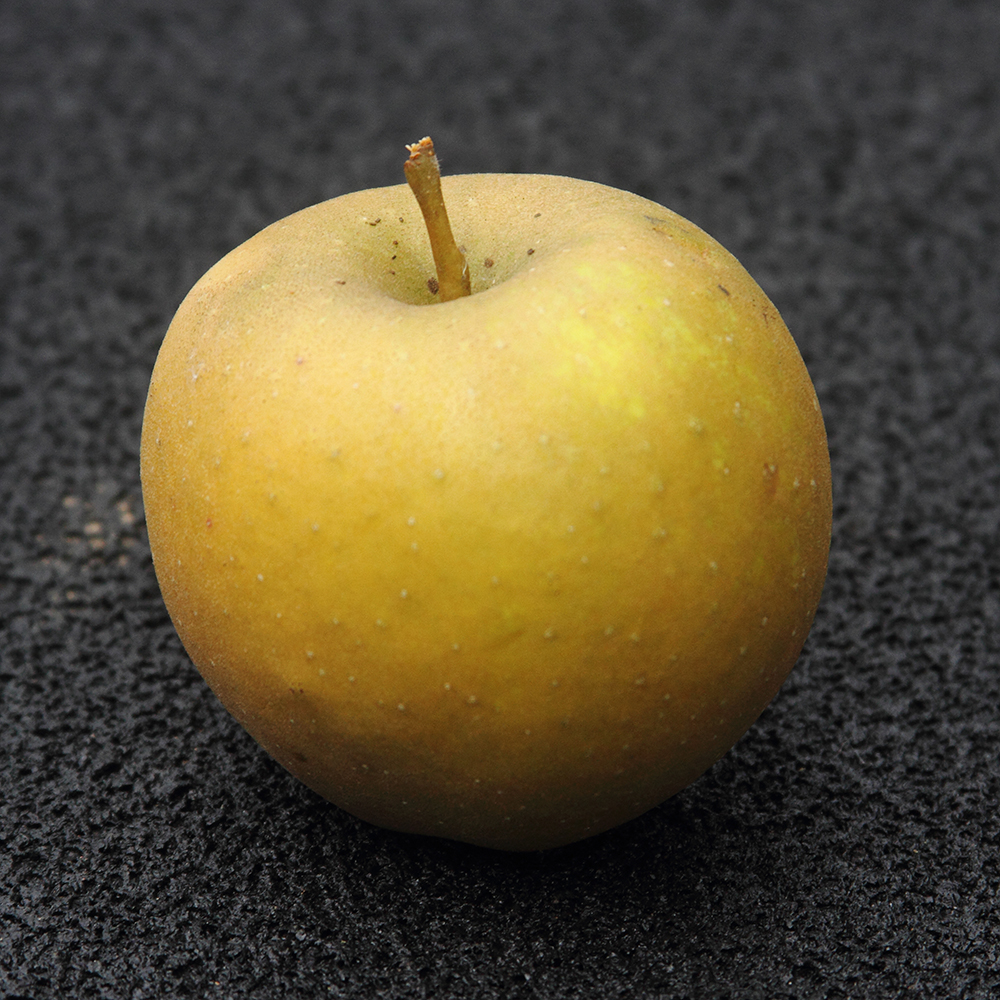
Developed from a cross between Cox’s Orange Pippin and Idared. It is considered to be a russet with a Cox flavour and has exceptional eating quality with a rich aromatic flavour. It has been a winner in ‘taste testings’ around the country. The tree is well spurred, well-shaped and moderately vigorous and the fruit set is heavy with small to medium sized fruit. It was bred by Hugh Ermen in 2002 and can be harvested from late October. It stores until January.
Found on a Cumbrian rubbish tip in 1790. Pale green-yellow with darker yellow flush. Cooks to a juicy cream froth and purée which hardly needs sugar. Good for jelly. Very profuse in flower and very heavy crops – dual purpose. Pick mid August and stores until October. (Lancashire 18th Century)
Kidds Orange Red
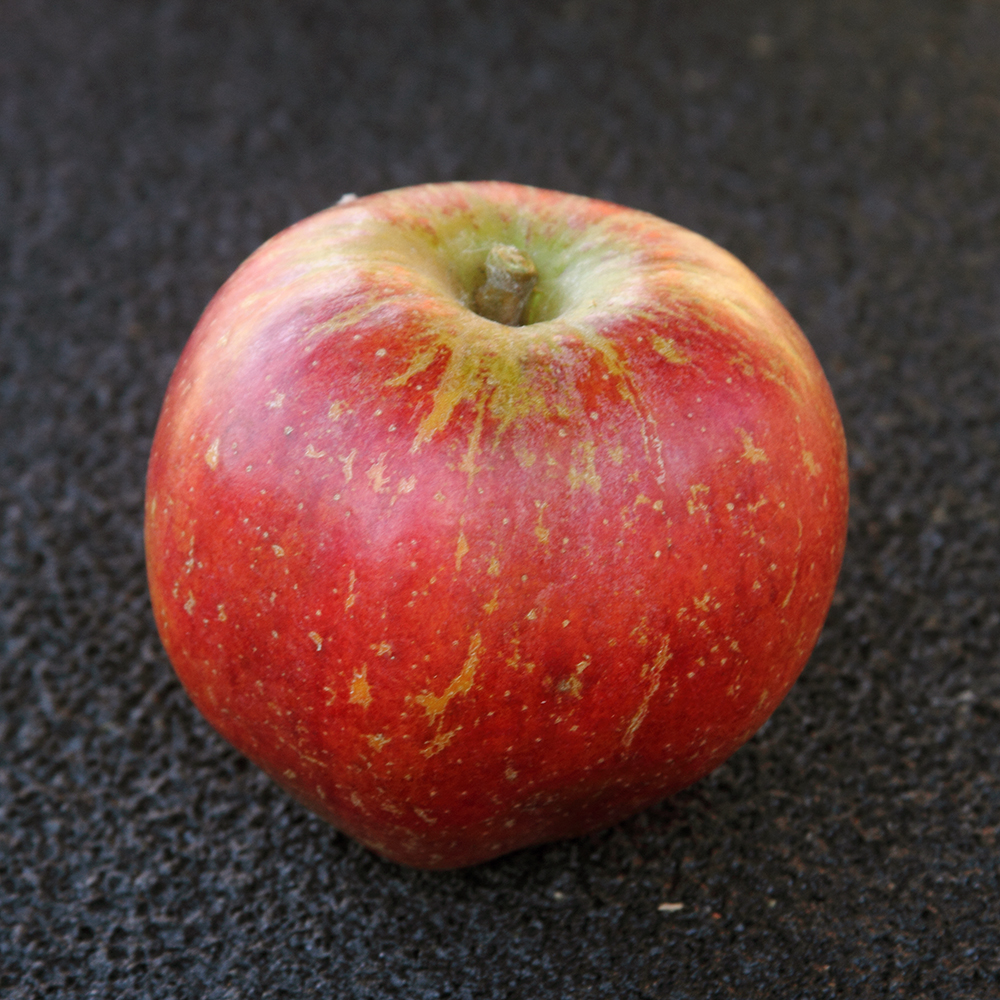
Cox’s Orange Pippin and Delicious (direction uncertain). Sweet, crisp and aromatic, with a good balance of sugar and acidity. A good Cox alternative. Pick mid October and stores until January. (New Zealand 1924)
Paradice Gold
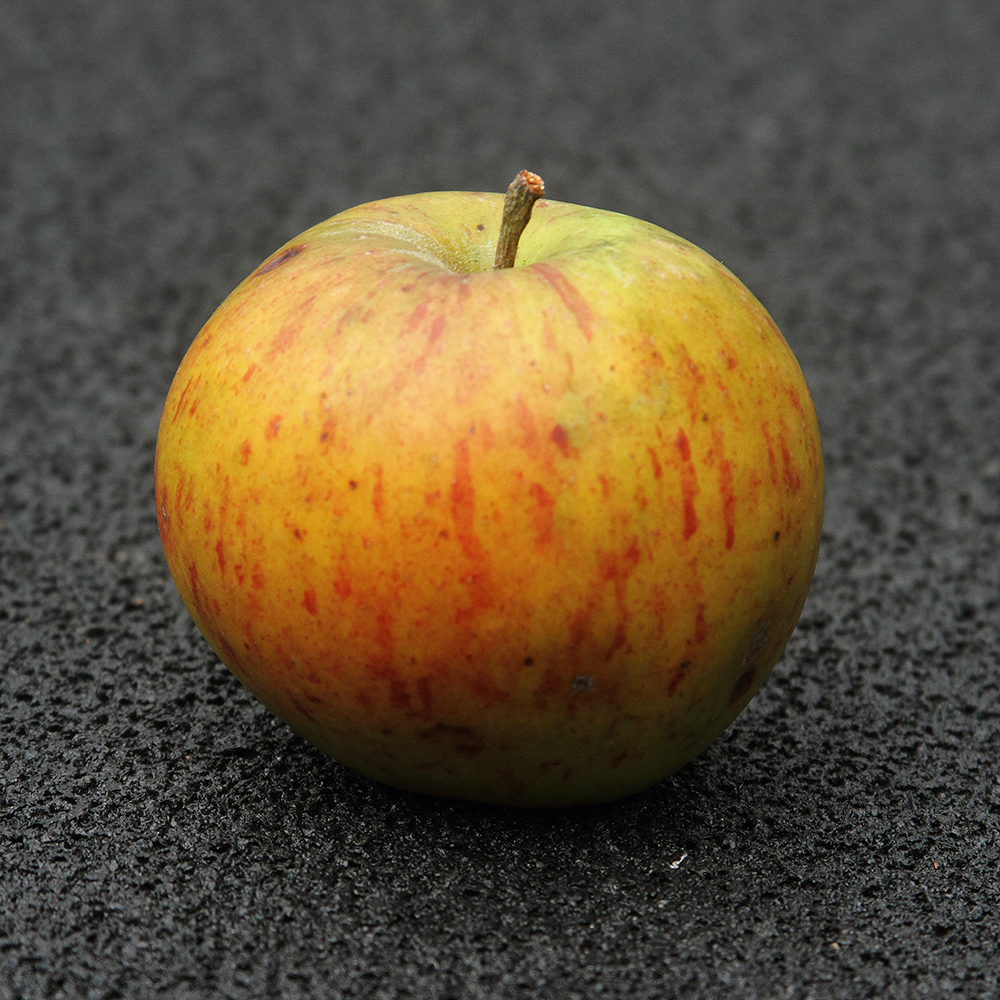
Chosen by the London Paralympic Legacy as a new apple to be planted in the Queen Elizabeth Olympic Park to recognise the importance of this organisation to UK sport. This apple was selected as the best of several newly bred apples combining superb flavour, sweetness and crisp texture. It’s a great all-round apple of some distinction. Pick in October.
Red Falstaff
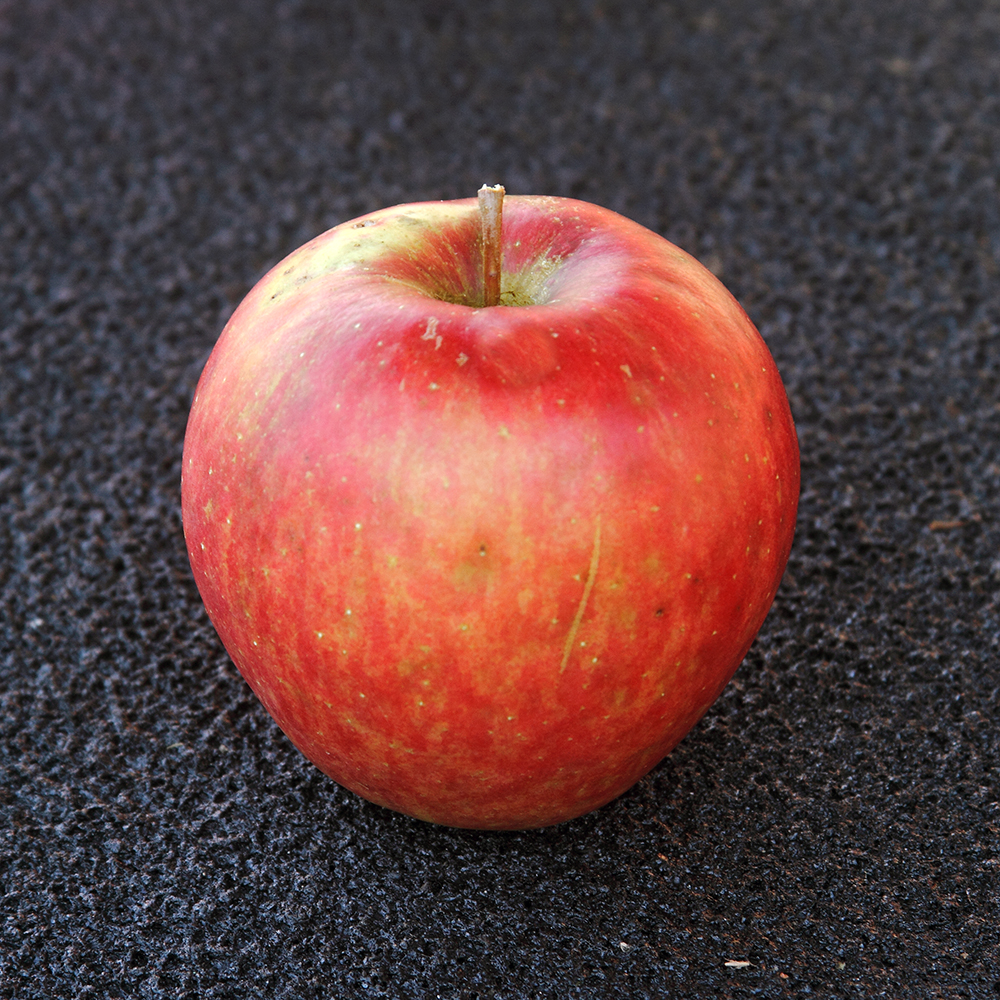
The select red sport of ‘Falstaff’. Fruity, well balanced flavour, crisp and juicy. Frost resistant and self-fertile. One of the heaviest yielding varieties. Can be stored easily and eaten throughout the winter. Highly recommended for every garden. Pick early October and stores until March. (Norfolk 1983)
Bred from a cross between the Starkspur form of Goldon Delicious and Discovery. It is self-fertile, easy to grow and frost hardy when in flower. It was named for its wonderful complexity of flavours, described variously as fragrant, honeyed, liquorice and wine, a bunch of cherries, fresh, aromatic, soft and delicate, crisp and sweet. It is harvested in early September and stores until October.
Sunset
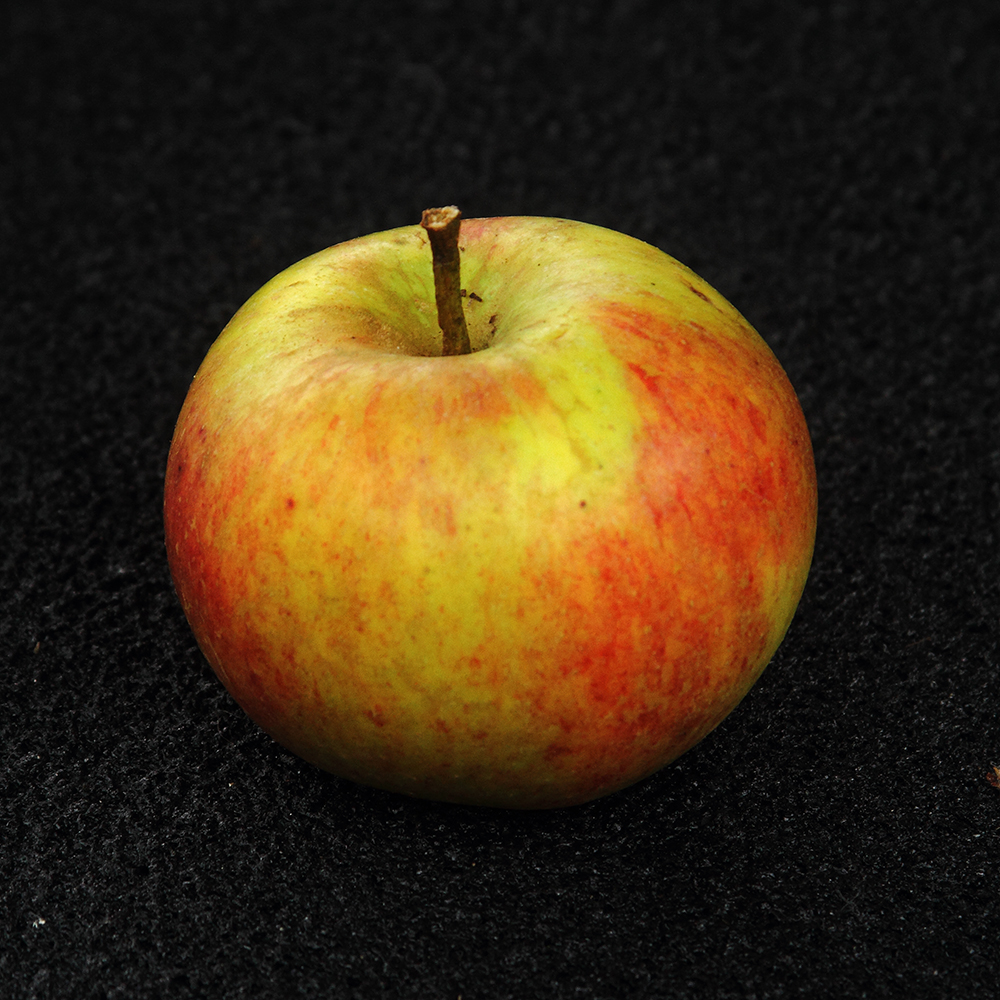
It is similar to Cox but more disease resistant and slightly earlier. The fruit has red stripes and an orange flush over gold and it is a heavy cropper. Flavour is sharp and intense. It can harvested from late September and stores until December. It originates from Ightham, Kent in 1918.
Tickled Pink
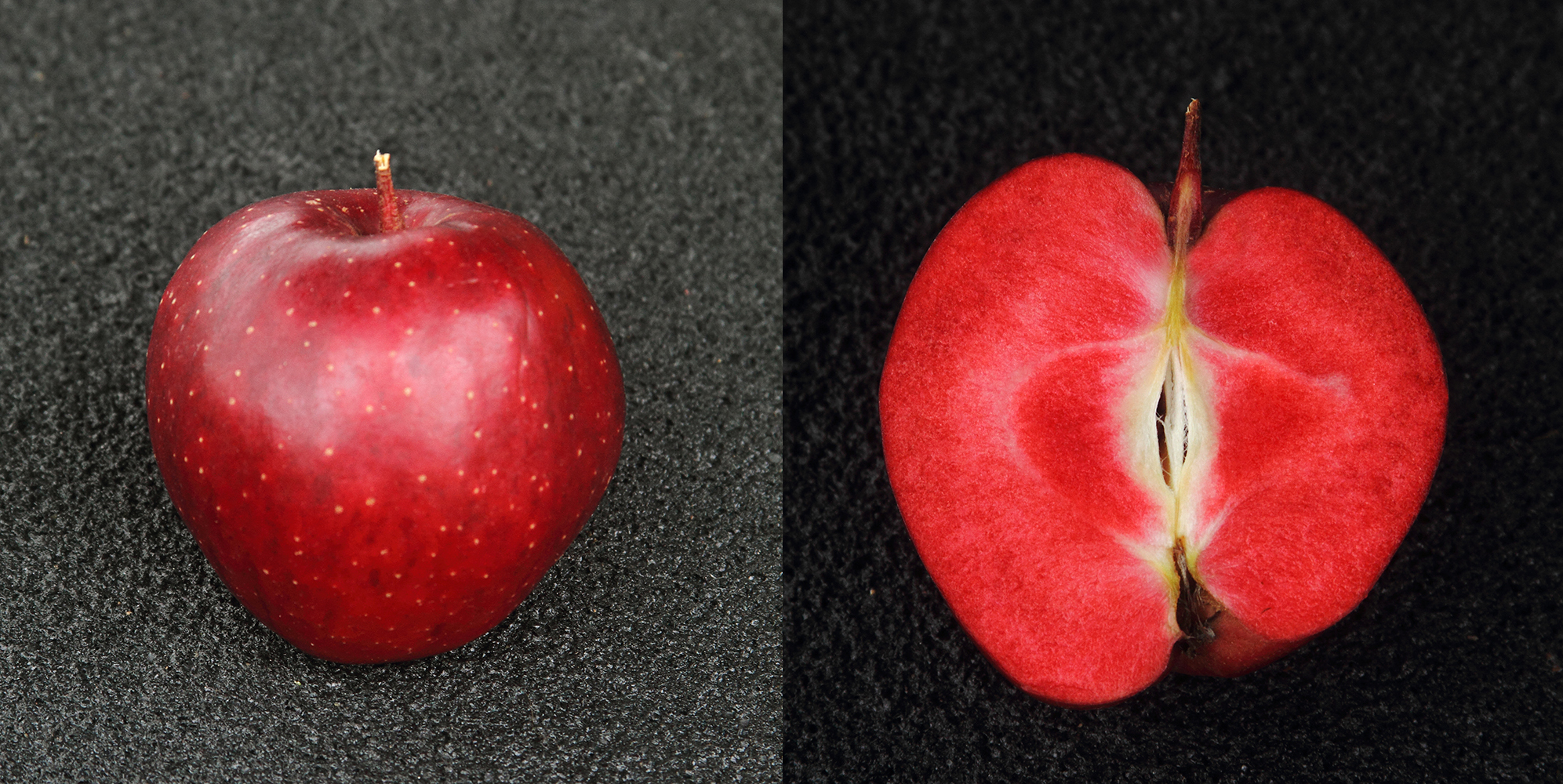
A dynamic variety with red flesh and red flowers. It has many dessert, fresh eating and cooking uses. It can be harvested from September and stores until November.
Red Devil
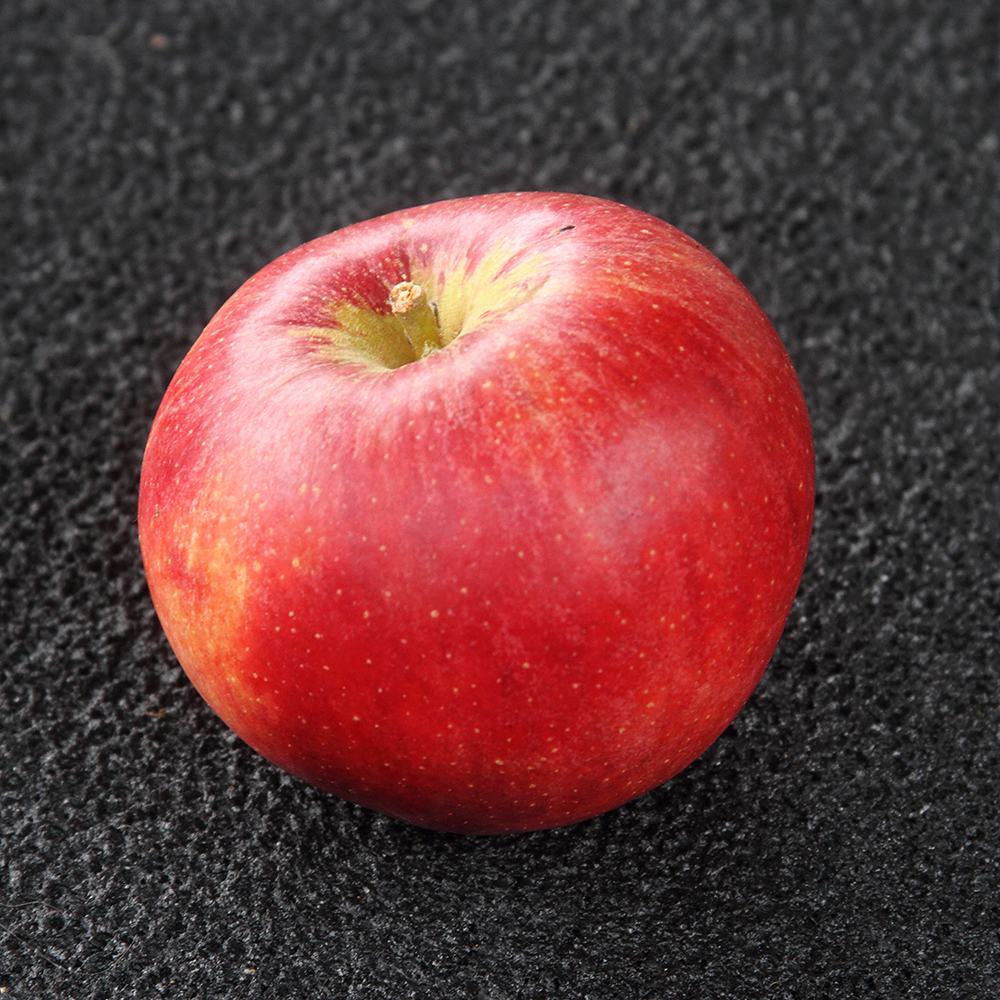
Bred by Hugh Ermen from a cross between Discovery and Kent. It is an excellent garden variety with deep scarlet skin and red stained flesh when fully ripe. It has a superb fruity strawberry flavour and makes an excellent pink juice. It was released in 1979 and named after the ‘Red Devil’ parachute display team.It can be harvested from late September and stores until December.
A sport of Norfolk Royal but with a richer and superb intense aromatic flavour. It is a quality dessert apple and its russet finish and a bright red cheek give it an old-fashioned look. It can be harvested from early October and stores until January. It originates from Burnham Overy Staithe, Norfolk in 1983.
Egremont Russet
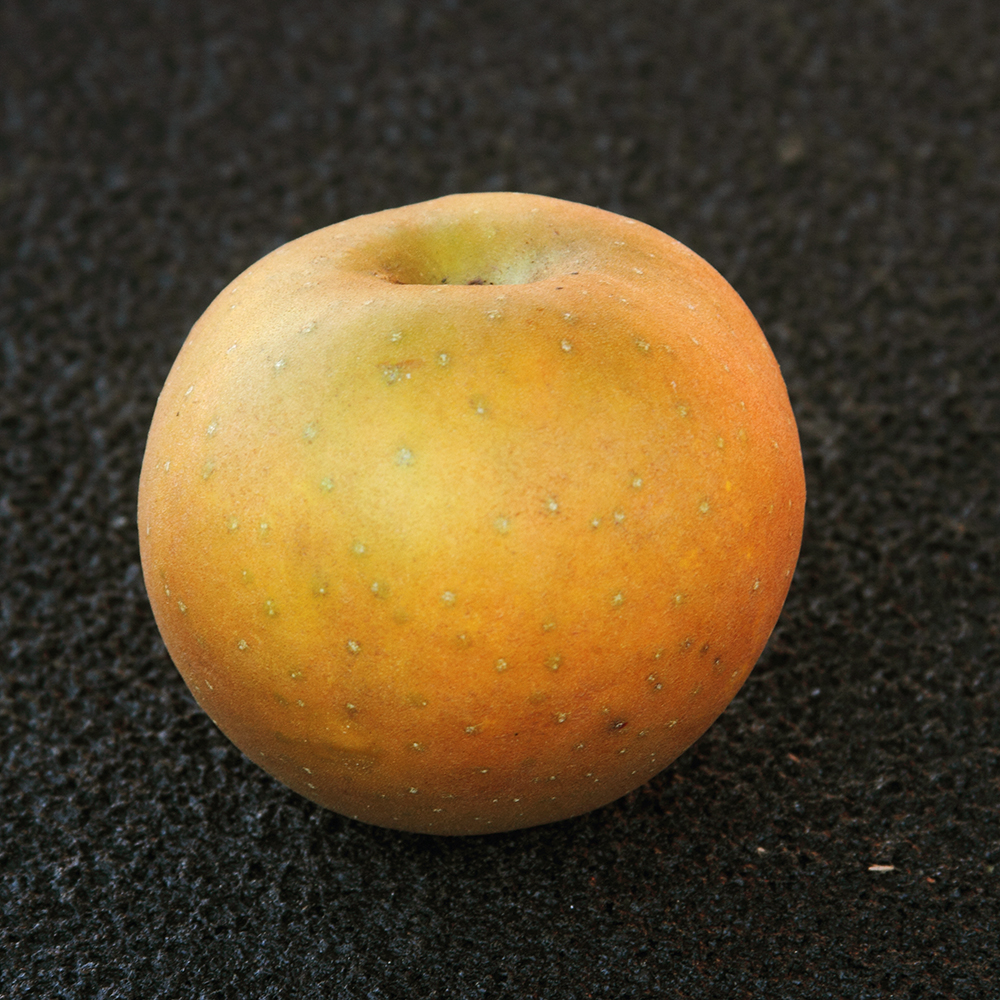
The well known russet apple with cream, tinged yellow fleshh that is sweet and firm with a rich nutty flavour. It can be harvested from early October and stores until December. It originates from Sussex in the 19th Century.
A Norfolkl speciality with large greenish yellow fruit, flushed dull crimson. It is a dual purpose variety that can be used early season as a cooker and as an eater by the spring. Traditionally baked slowly as 'Biffins', when it has a quite rich 'raisins and cinnamon' taste and keeps its shape. The tough skin allows the fruit to be cooked without bursting. It makes a vigorous tree with good crops. Can be harvested from late October/early November and stores from November to March.
Bred from a cross between Beurré Superfin and Williams’ Bon Chrétien. It is aexcellent garden variety, pale green, turning to pale yellow in colour with a smooth skin. Fruit is small and sweet with juicy flesh. The tree is a good cropper. It can be harvested in early September. It originates from Kent in 1938.
Produces a superb quality pear that is medium-large with a pale green changing to yellow colour. Some fruits have a red flush. The pale yellow flesh has rich juicy flavour and it is recognised for its superb eating quality. It is harvested in early October and stores until November.
The most popular plum with heavy crops of large, juicy plums. The oval, bright red fruit can be harvested from August to early September for dessert, cooking or bottling.It originates from Sussex in the 19th Century.
The following varieties are being added to the orchard in an extension that will include trees dedicated to William Curson who died during the Second World War. The extension will include trees originally planted in the adjacent allotment and others purchased specifically for the project.
Louise Bonne Of Jersey (pear)
An attractive, reliable cropper that produces small-medium, pale green turning yellowish-green fruit, with a dark red flush. It can be harvested in mid-September and stores through October. Despite its name, this pear is of French origin and was first called Louise d’Avranches. It was raised in Normandy in 1780 and was renamed when it came to the UK via Jersey. The French connection prompted us to use this variety as main the commemorative tree for World War Two.
Beurre Hardy (pear)
Another French variety that is popular in the UK. The fruit is medium-large, light green and covered with bronze russet. Pears have rough skin but are tender and juicy with rose water flavours. The tree is vigorous with beautiful white spring blossoms and bright red leaves in the autumn. It can be harvested in mid-September and stores through October. It was raised by M. Bonnet in Boulogne, France in 1820.
Orleans Reinette
An apple from France chosen to complement the French pear varieties. It is a high-quality dessert apple with large golden-yellow fruit flushed red Flesh is creamy white, firm and fine textured and a juicy with a nutty, sweet flavour. Early fruit can be cooked, their slices keep shape and it makes a sweet baked apple. It is rumoured to be the apple variety first used for the famous French upside-down pie ‘Tarte Tatin’. It can be harvested in early October and stored through January. It was first described in 1776.
Ashmead's Kernal
This is an old traditional English apple with a distinctive flavour reminiscent of pear drop sweets. It is an excellent keeper that can be harvested in early October and stored until February. It was raised by Dr Ashmead in his own garden in Gloucester and originated in about 1700.
Conference (pear)
Well known as a consistent variety with heavy crops of medium sized yellow-green pears with brown russeting. Can be harvested in mid-September and stores through November. It was raised by Rivers of Sawbridgeworth in Hertfordshire in the 19th century.
Opal (plum)
This is a very reliable and good quality plum producing heavy crops crops of reddish-purple, tasty fruits. Flesh is golden yellow, the flavour slightly sweet and the stone separates readily from the flesh. It is known as the early Victoria and the tree has white, scented flowers during the spring. It is an early cropper that can be harvested early in mid-July. It was raised at the Horticultural Research Station, Alnarp, Sweden in 1925.










